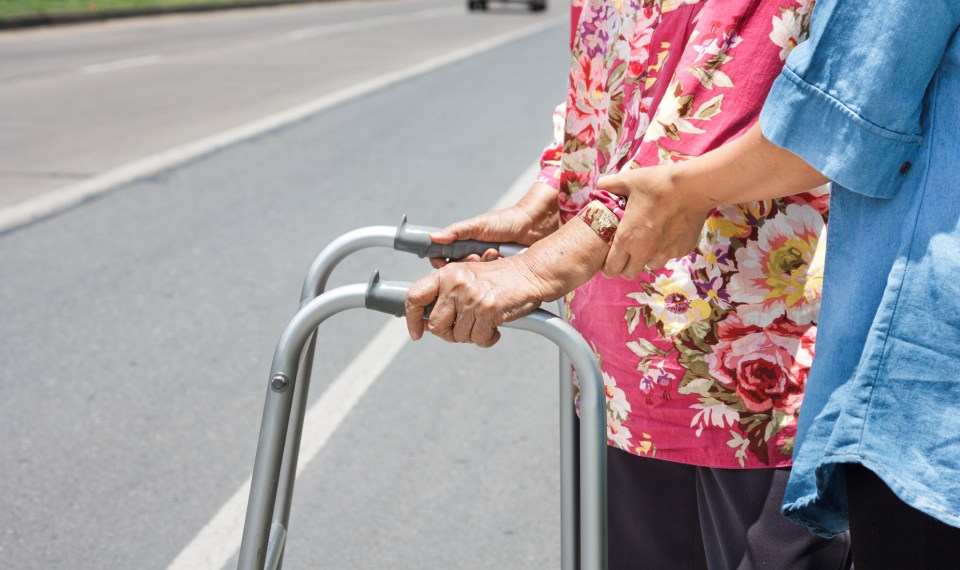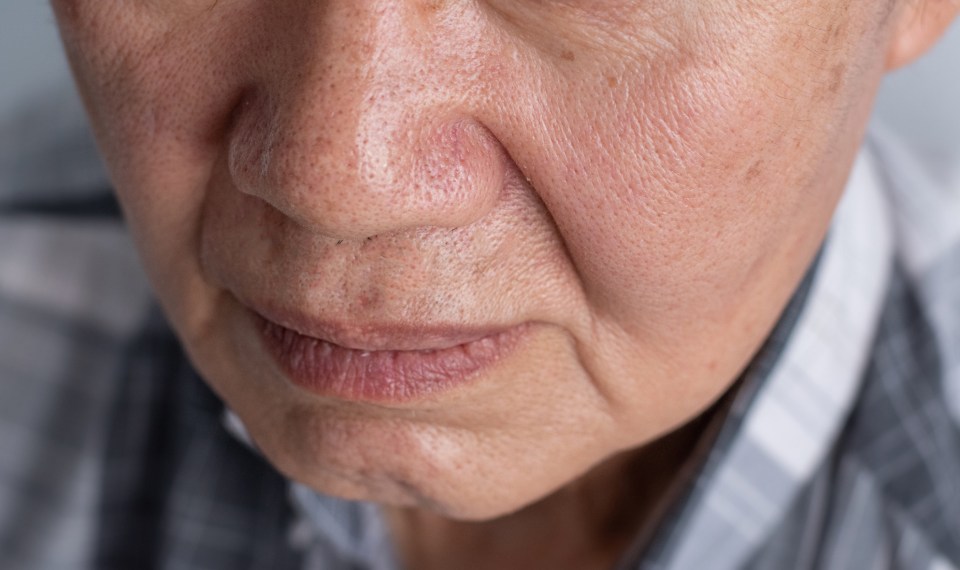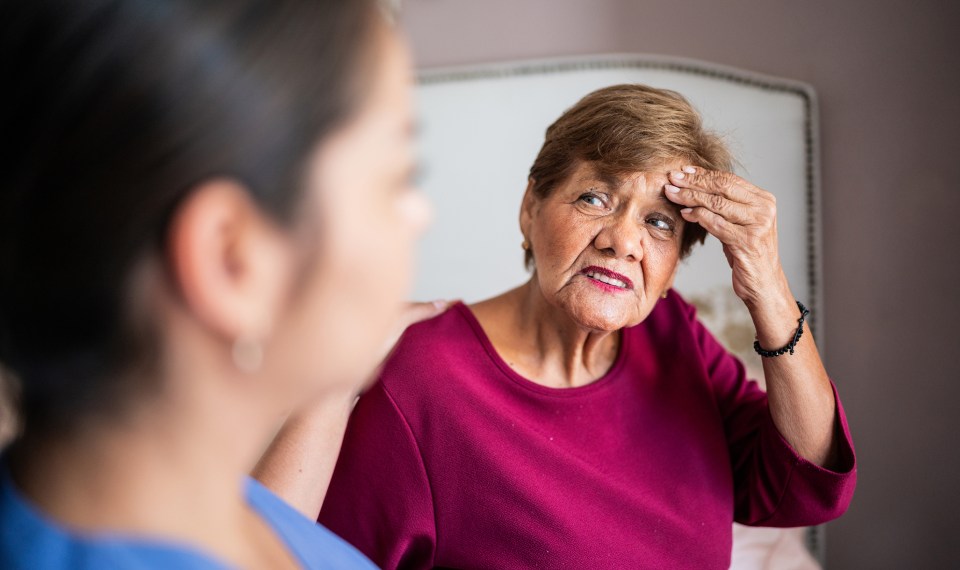Bradykinesia is a term used to describe slowness of movement and speed. It is not a disease but rather a symptom of a health condition. If you have bradykinesia symptoms, you may also experience halting or freezing of movement. Bradykinesia is a major symptom of Parkinson’s disease and is also associated with other conditions including Lewy body dementia, stroke, certain antipsychotic medications, and exposure to certain toxins.
Early Signs of Bradykinesia
Bradykinesia affects voluntary and involuntary movement. Intentional movements that you command your body to make are slowed or delayed and automatic movements such as blinking may also be impacted. Movement difficulties may be intermittent and unpredictable, coming and going without warning. Early signs of bradykinesia include:
- Difficulty initiating movement, such as standing from a sitting position
- A shuffling walk or dragging one foot
- Difficulty with fine motor movements such as holding a writing utensil, buttoning a shirt or brushing your teeth.
Other bradykinesia symptoms include:
- Reduction of involuntary movement such as blinking or swinging your arms as you walk
- Difficulty rolling over in bed
- Freezing or pauses in movement for a period of time
- Trouble with repetitive movements such as clapping or tapping your fingers
- Difficulty crossing your arms and legs
- Muscle stiffness or weakness
- Decreased facial movement
Diagnosing Bradykinesia
To test for bradykinesia, your healthcare provider may use the Bradykinesia Akinesia Incoordination (BRAIN) tap test. This is an online keyboard tapping task used to assess upper limb motor function. Your score is based upon the number of keys hit correctly, number of incorrect key strokes and speed in which you tap the keys.
Your doctor may also assess bradykinesia by asking you to perform repetitive movements as quickly as you can. You may be asked to open and close your hand, tap your thumb and index fingers or tap your foot. This allows the examiner to observe for progressive slowness or freezing.
Managing Bradykinesia
Treatment for bradykinesia depends on the cause. It is most associated with Parkinson’s disease and is due to low dopamine levels in the brain. Medications may be prescribed to improve slowness and reduce stiffness and tremor. Medications used to manage bradykinesia include:
- Levodopa. The most prescribed drug for the management of motor symptoms in Parkinson’s, levodopa is given in pill form. Once the drug is absorbed in the small intestine, it travels through the bloodstream to the brain where it is converted into dopamine. When administered alone, it can cause nausea and vomiting.
- Carbidopa. Given in combination with levodopa, this drug reduces or prevents nausea caused by levodopa. It comes in different forms and may be prescribed as a pill, capsule, intestinal gel or inhaler.
- Dopamine agonists. These drugs mimic the effects of dopamine but do not have to be converted in the brain. They may be prescribed alone or taken with other drugs.
- MAO-B (monoamine oxidase-B) inhibitors. Sometimes given alone in early Parkinson’s, the drugs may also be given in combination with other medications to reduce Parkinson’s movement symptoms.
- Amantadine. This antiviral medication has been found to be helpful in reducing dyskinesias (involuntary movements). It may be administered in an immediate-release form or extended-release form.
All the above medications should be closely monitored and may require dosage adjustments or schedule changes as determined by your physician. Never stop taking the medications or alter doses on your own.
Surgical Treatment
Deep brain stimulation (DBS) may be used in the management of movement disorders, including bradykinesia, caused by Parkinson’s. This surgical treatment may be recommended if you do not respond well to medication therapy or your symptoms are severe.
During the procedure, a thin electrode is placed into one or both sides of the brain. The electrode is then connected to a battery implanted under the skin in the chest. DBS works by disrupting the abnormal patterns of brain activity. The settings can be adjusted during routine office visits. It is considered a safe and effective therapy.
Lifestyle Changes for Bradykinesia Due to Parkinson’s
Incorporating regular exercise into your routine is an important part of managing movement symptoms. Walking, swimming or other forms of aerobic exercise can be beneficial. Following a healthy eating plan and reducing or stopping alcohol consumption is also recommended.
Parkinson's Rehabilitation
Learn more about how inpatient rehabilitation can help manage the symptoms of Parkinson's.
Learn MoreRehabilitation for Movement Disorders
Inpatient rehabilitation can be beneficial for those living with bradykinesia or other movement problems due to Parkinson’s. A team of specialists can work with you to increase independence and manage activities of daily living. In addition, they can design a program to meet your specific needs, including building strength and endurance, improving balance and coordination, and addressing other needs related to your diagnosis such as speech-language deficits, nutrition and safety.
The content of this site is for informational purposes only and should not be taken as professional medical advice. Always seek the advice of your physician or other qualified healthcare provider with any questions you may have regarding any medical conditions or treatments.



